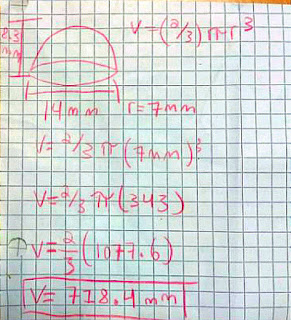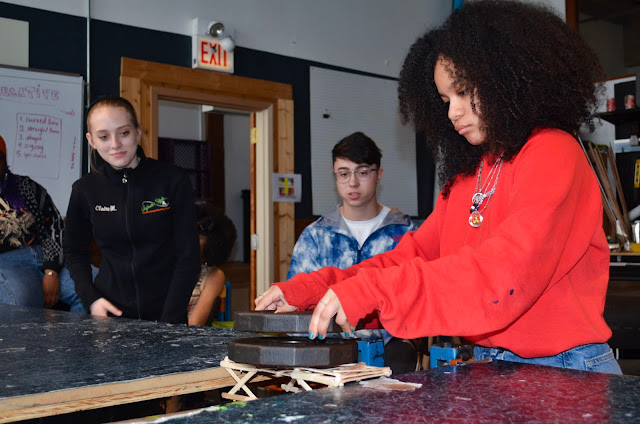Tell Time With Your Eyes
The final unit of Light Sound and Time consisted of researching Time. Each student taught a mini lesson based off of a chapter they read in a book. Specifically, I read Chapter Ten, "Worm Holes and Time Travel" of Stephen Hawking's A Brief History of Time. I introduced topics such as general relativity and the curvature of the universe. As a class, we discussed the perception of time and whether is it absolute or relative. We also learned about numerous Time devices from the past, like how sundials and pendulums came to be. Time can warp our perception of life and work ethic, politics, and an entire's country's economic system. We went on an FE to the Alder Planetarium and met an astrophysicist who answered our deeper questions about Space.
My action project takes existing concepts and combines them into an original time telling device, in my case, time telling contact lenses. High technology contacts have always been a trait of the could be future. There are clocks with a face of a color wheel to organize time, mostly used for young children. There is also a clock that measures time with color through temperature changes between 0 - 360 degrees. Colored Contacts aren't original, nor is the concept of meaningful color change. However, combining contacts with color change as a reference to Time hasn't been put into production. My contact lenses are designed for convenience of people who regularly wear glasses. They aid people's vision and give reference of the hour just by looking at self. Someone could be walking down the street and if they glance at their reflection and see the color of their eyes, it is similar to glancing at a clock.
Here is a brief history of how contact lenses came to be:
1888 Dr. Adolf Gaston Eugen Fick created the first lenses manufactured from glass, except they were fitted to cover the entire eye
1948 Plastic contact lenses
1971 Soft contact lenses
2002 Silicone-hydrogel contact lenses
2010 Custom-manufactured silicone-hydrogel lenses become available
I created a video further explaining my innovated time telling device:
All in all, I learned how time can be interpreted in many ways depending on culture, personal perception, or even personal habits that reassure someone of time.
Works Cited:
“A Brief History of Contact Lenses.” GP Contact Lenses, www.contactlenses.org/timeline.htm.
My action project takes existing concepts and combines them into an original time telling device, in my case, time telling contact lenses. High technology contacts have always been a trait of the could be future. There are clocks with a face of a color wheel to organize time, mostly used for young children. There is also a clock that measures time with color through temperature changes between 0 - 360 degrees. Colored Contacts aren't original, nor is the concept of meaningful color change. However, combining contacts with color change as a reference to Time hasn't been put into production. My contact lenses are designed for convenience of people who regularly wear glasses. They aid people's vision and give reference of the hour just by looking at self. Someone could be walking down the street and if they glance at their reflection and see the color of their eyes, it is similar to glancing at a clock.
Here is a brief history of how contact lenses came to be:
1888 Dr. Adolf Gaston Eugen Fick created the first lenses manufactured from glass, except they were fitted to cover the entire eye
1948 Plastic contact lenses
1971 Soft contact lenses
2002 Silicone-hydrogel contact lenses
2010 Custom-manufactured silicone-hydrogel lenses become available
I created a video further explaining my innovated time telling device:
A contact lens isn't shaped like an entire hemisphere, it has a certain curvature called the Base Curve. However, I took the average measurements of a contact lens and used the hemisphere formula to find its volume.
 |
| Contact Lense Calculations, PKA, 2019 |
Works Cited:

Comments
Post a Comment